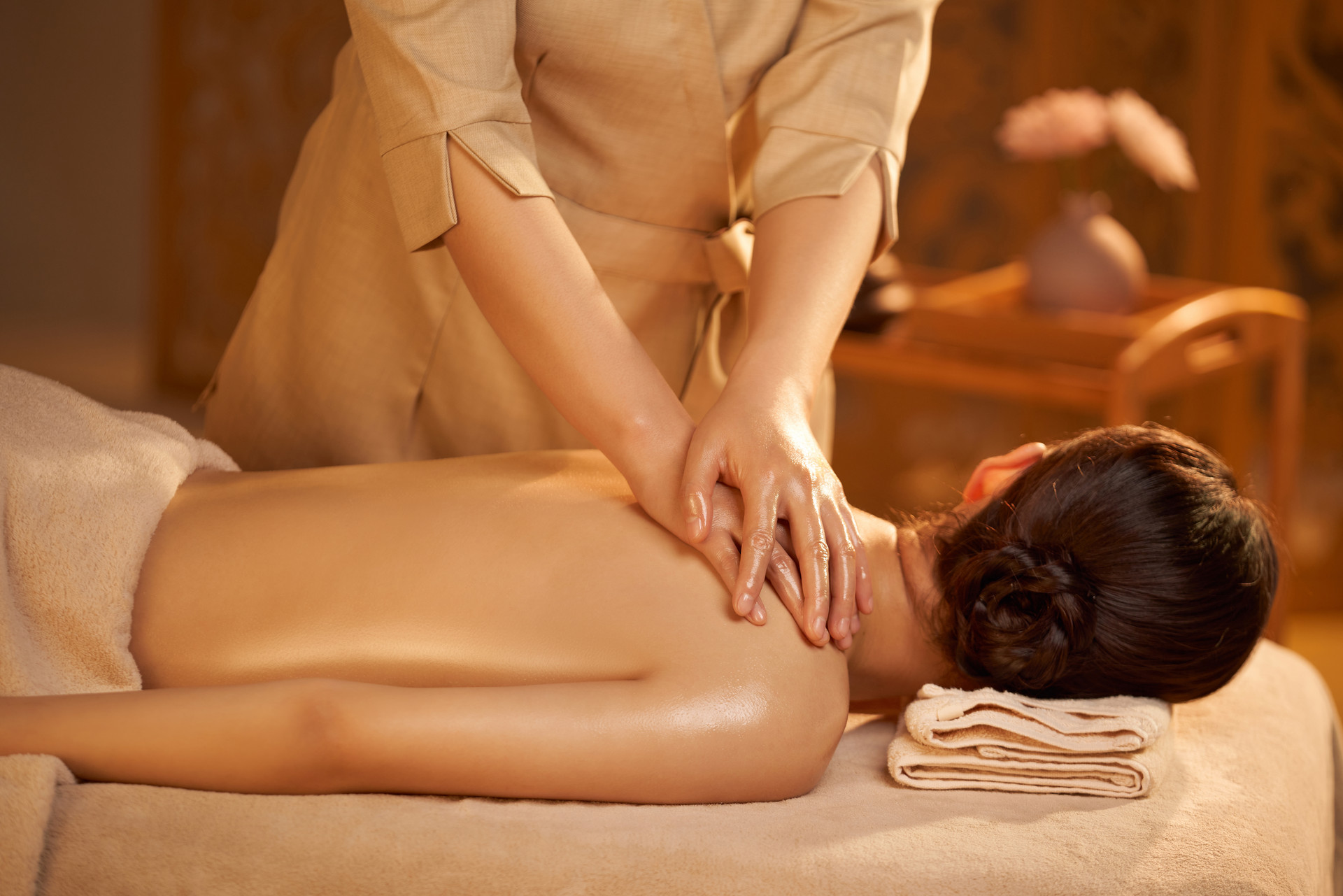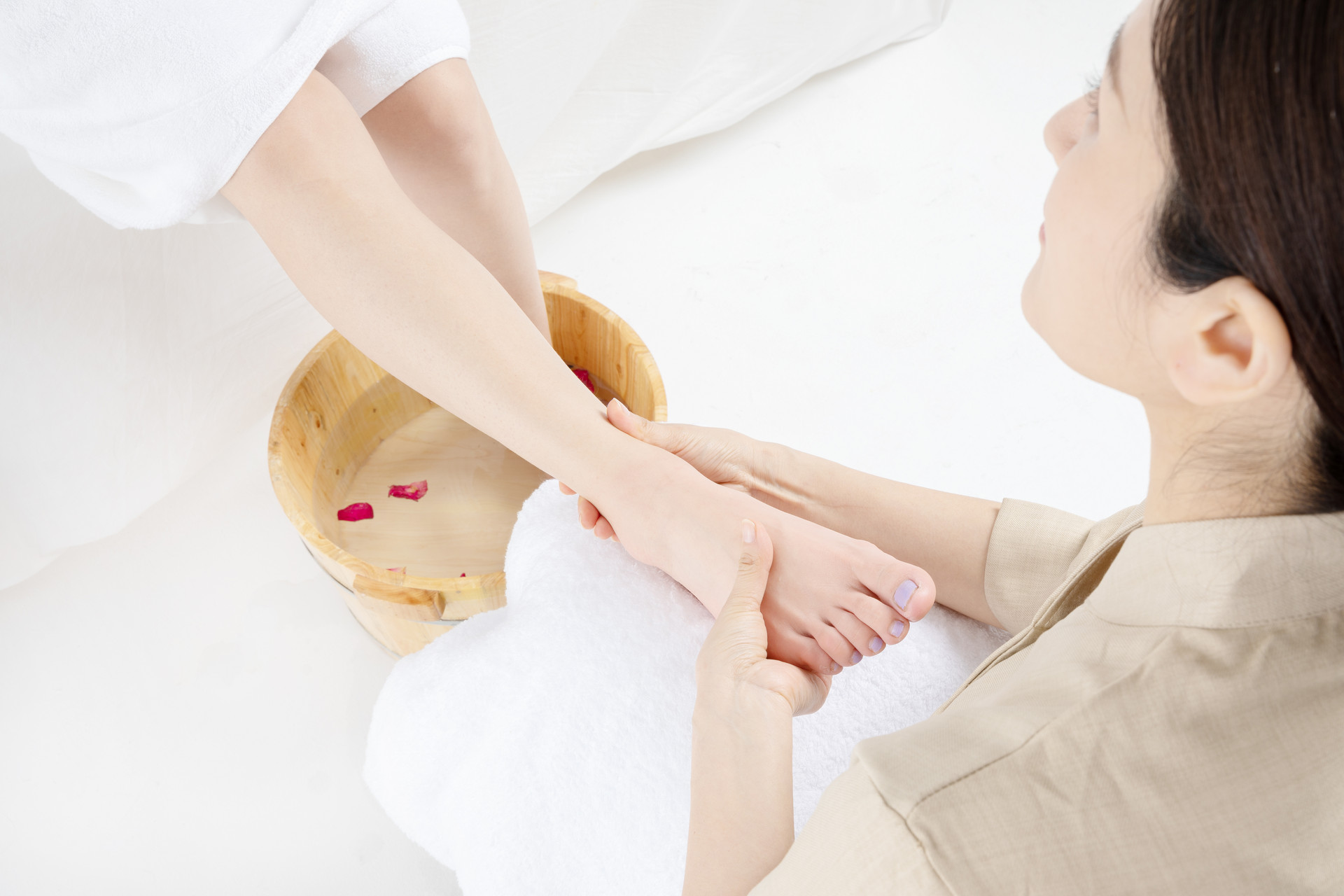Leg cramps are a common phenomenon in life, especially when sleeping at night. The pain caused by leg cramps can wake a person up quickly. Many people believe that leg cramps are caused by calcium deficiency. However, is this really the case? In fact, there are many causes of leg cramps. Let's take a look at them one by one.
Causes of Leg Cramps
1. Cold stimulation
The cold stimulation from the external environment, such as low room temperature during winter nights, thin blankets or exposed legs and feet during sleep, can cause leg cramps. Poor sleeping positions, such as prolonged supine position with the blanket pressed against the feet, or prolonged prone position with the feet pressed against the bed, can force certain muscles in the calves to remain in a relaxed state for a long time, leading to "passive contraction" of the muscles.
2. Overfatigue
Fatigue, lack of sleep or rest, or excessive rest can lead to the accumulation of acidic metabolites in certain areas, which can cause muscle spasms. For example, walking or exercising for too long can cause excessive fatigue in the lower limbs or lack of sleep, leading to the accumulation of lactic acid. Excessive and prolonged rest and sleep can slow down blood circulation, leading to the accumulation of carbon dioxide, etc.
3. Calcium deficiency
Calcium ions play an important role in muscle contraction. When the concentration of calcium ions in the blood is too low, the muscles are easily excited and spasm. Adolescents grow rapidly and are prone to calcium deficiency, so leg cramps often occur. Elderly women experience a decrease in estrogen and osteoporosis, which can lower blood calcium levels, increase muscle stress, and lead to spasms.
Methods to Relieve Leg Cramps
1. Stand on your feet immediately
Leg cramps often occur when sleeping at night. Once a cramp occurs, you may try getting out of bed immediately and standing on your heels for a while, or pressing your heels against the wall while lying flat.
2. Stretch your legs
Use your hands or directly bend your toes to lift your foot and straighten the joint to relax your leg. Grab the big toe of the cramped leg with your hand and pull the sole of the foot in the opposite direction, which can straighten the gastrocnemius muscle. Then, exert force to extend the leg to relieve leg cramps.
3. Massage and apply heat
Gentle massage of the cramped area can alleviate discomfort. If the cramp lasts too long and causes local muscle soreness, you can choose to apply heat or soak in hot water. Apply a hot towel or hot water bag to the calf to promote blood circulation in the muscles, relieve spasms, and then massage the calf back and forth.
Prevention of Leg Cramps
1. Supplement calcium
Due to the decline in gastrointestinal function in the elderly, their ability to absorb calcium decreases. Therefore, calcium supplements should be taken. In addition to medication, it is recommended to supplement various essential nutrients through diet. For example, drinking milk and soy milk can supplement calcium, while eating vegetables and fruits can supplement various trace elements.
2. Exercise more
Regular physical exercise should be increased. Adequate warm-up before exercise can promote blood circulation in the lower limbs, which can help prevent leg cramps when participating in intense exercise or competitions.
3. Keep warm
Pay attention to keeping warm and prevent local muscles from getting cold. Especially for those who experience leg cramps at night, they should keep warm in cold winter, and stretch the muscles before going to bed, especially in the muscles that are prone to cramps.
4. Avoid fatigue
Avoid excessive exercise beyond the usual amount of exercise, especially long walks. If the exercise load increases, soaking the feet in hot water before going to bed can promote the absorption of lactic acid and reduce the likelihood of leg cramps at night.











